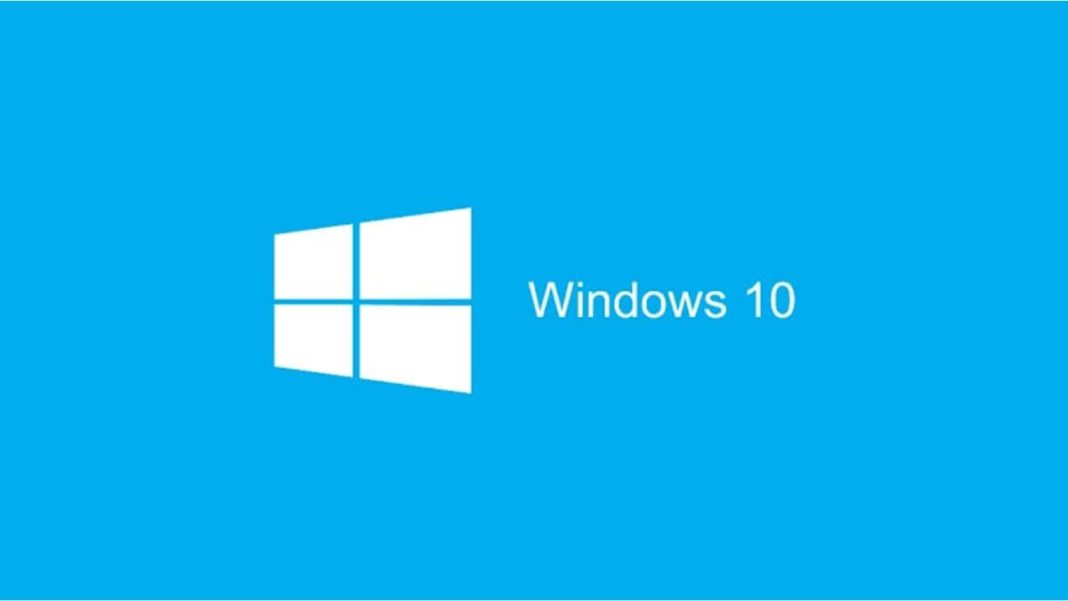Microsoft has officially ended support for Windows 10, leaving millions of PCs vulnerable to cyberattacks. The operating system will no longer receive critical security updates, creating an urgent situation for users worldwide.
Key Takeaways
- Windows 10 support ended on October 14, halting all security updates
- Approximately 200 million PCs cannot upgrade to Windows 11 due to hardware limitations
- Users face three main options: upgrade, pay for extended security, or risk running unsupported systems
Industry experts warn that Windows 10 machines have become prime targets for hackers following the support expiration. The massive user base makes these systems particularly attractive for cybercriminals seeking to exploit new vulnerabilities.
What Are Your Options?
Upgrade to Windows 11
For compatible devices, Microsoft recommends immediately downloading the free Windows 11 upgrade. This ensures continuous security protection and access to latest features including AI tools like Copilot.
Extended Security Update Program
Organizations and individuals with incompatible hardware can purchase the ESU program for additional year of security updates. However, this temporary solution comes at a cost that many users cannot afford.
Continue Using Unsupported System
Computers will continue functioning normally without upgrades, but will lack protection against emerging threats. This option exposes users to potential malware, ransomware, and data breaches.
Essential Safety Measures
All Windows 10 users should immediately create full backups of their data before making any decisions. The transition between operating systems or continued use of unprotected machines carries significant data loss risks.
Microsoft also advises that users planning to recycle, resell, or donate old Windows 10 machines must first wipe the hard drive using the built-in erase feature to protect personal information.




